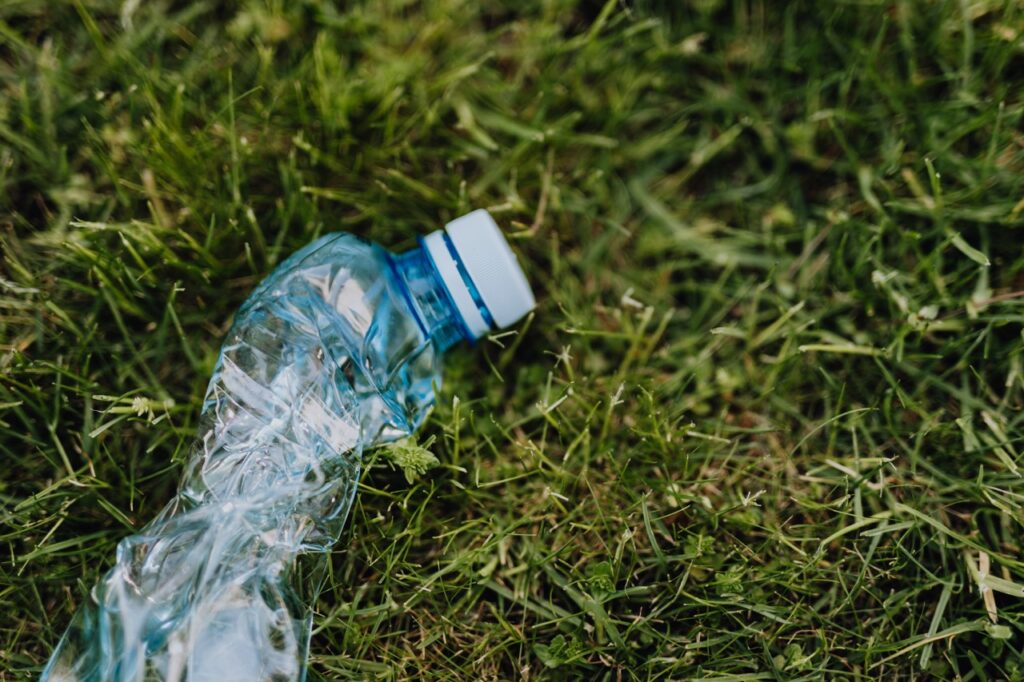In the face of burgeoning plastic pollution, an unlikely hero emerges from the microscopic realm – plastic-eating bacteria. As the world grapples with the plastic menace, these microorganisms offer a glimmer of hope. This article explores the potential of plastic-eating bacteria in addressing plastic pollution, shedding light on the scientific advancements and the challenges that lie ahead in harnessing these tiny warriors.
Unveiling Plastic-Eating Bacteria:
- Plastic-eating bacteria, chiefly Ideonella sakaiensis, discovered in 2016, have opened up a new frontier in bioremediation. These bacteria possess enzymes capable of breaking down PET (polyethylene terephthalate), a common plastic used in bottles and packaging.
Enzymatic Breakdown:
- The bacteria use enzymes to cleave the polymer chains in PET plastics into simpler compounds which can serve as a food source for them. Scientists are also exploring engineered enzymes that can degrade plastic more efficiently.
Accelerating Decomposition:
- In nature, plastics can take hundreds of years to decompose. However, plastic-eating bacteria and engineered enzymes have the potential to significantly accelerate this process, aiding in the rapid breakdown of plastic waste.
Innovations in Lab:
- Scientists have been working on optimizing the efficiency of plastic-degrading enzymes. Recently, an engineered enzyme, PETase, showcased a higher efficiency in breaking down PET plastics, sparking optimism for industrial applications.
Scaling Up:
- The journey from laboratory discoveries to real-world applications is laden with challenges. Scaling up the use of plastic-eating bacteria or enzymes to a level where they can make a significant dent in plastic pollution requires substantial research and investment.
Ecological Concerns:
- Introducing plastic-eating bacteria into various environments comes with ecological concerns. There’s a need to thoroughly understand and mitigate any potential adverse effects on natural ecosystems.
Recycling Potential:
- Besides breaking down plastic, these bacteria could potentially pave the way for novel recycling processes. By converting plastic waste into basic components, it might be possible to create a circular economy for plastics.
Collaborative Efforts:
- Tackling plastic pollution necessitates a multi-pronged approach. While plastic-eating bacteria present a promising solution, other efforts like reducing plastic production, promoting alternative materials, and enhancing traditional recycling processes are equally crucial.
Policy Framework:
- Establishing a conducive policy framework is essential to foster research, development, and deployment of bioremediation technologies, ensuring they are safe, effective, and environmentally sustainable.
Public Awareness and Education:
- Public awareness and education on plastic pollution and the potential solutions are imperative to garner support and instigate change at both individual and systemic levels.
In conclusion, plastic-eating bacteria offer an exciting and innovative avenue towards combating plastic pollution. The scientific endeavor to harness these microscopic avengers underscores the essence of human ingenuity in confronting environmental crises. While challenges abound, the convergence of science, policy, and public engagement holds the promise of turning the tide against the plastic deluge. The narrative of plastic-eating bacteria is a testament to the boundless potential of biotechnological innovations in scripting a greener and cleaner narrative for our planet.







